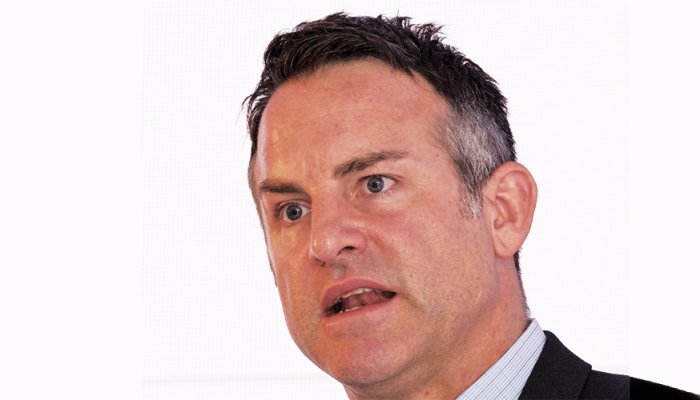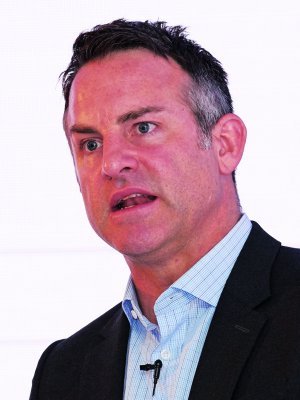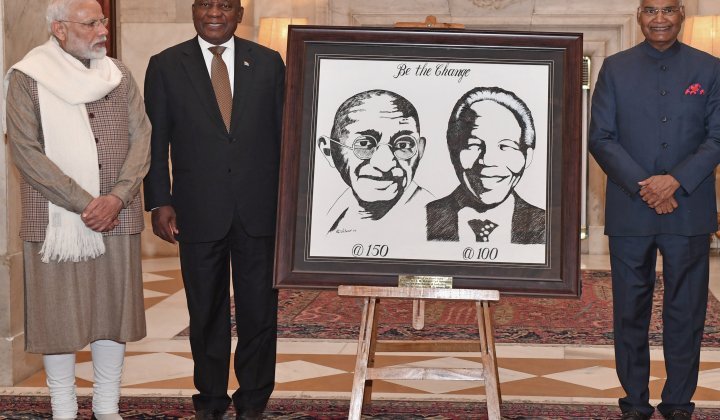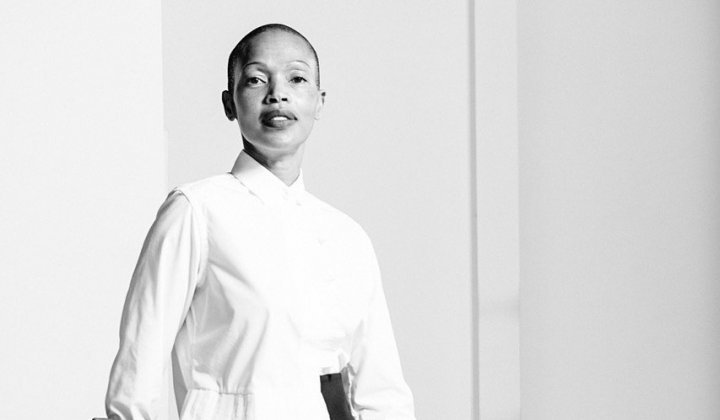Cyril Ramaphosa’s victory in the race for the ANC presidency – and by inference the country – offers a pivotal moment for South Africa. Under Jacob Zuma’s presidency, the country’s prospects have dwindled. The economy went into recession in early 2017; unemployment reached a record high of 27.7% later in the year; and as Zuma’s presidency nears its end, income inequality remains amongst the worst in the world (with a Gini coefficient of 0.66). By contrast, when he came to office, Zuma promised us economic growth of 5.4% per year, that he would halve unemployment (from the then 23.1%) and that inequality would be reversed. None of this has transpired. To add insult to the social injury, corruption and theft from the public purse has been an endemic feature of Zuma’s administration, the extent of which is reflected in the term ‘state capture’.
Further, ranging from the national prosecutor to the public protector, South Africa’s institutions have been under siege in Zuma’s decade of institutional dismantling. Under Zuma’s leadership, the ANC has also grown increasingly divided, evidenced by the fiercely contested race for the presidency of the party at the end of 2017. Whilst Ramaphosa won the race, it was by a narrow margin of just 179 votes against his opponent, Nkosazana Dlamini-Zuma. The fierce contest for leadership of the ANC suggests that Cyril Ramaphosa has the critical job of reversing and repairing the damage done by Zuma to the country and society at large, although his more immediate task is that of unifying the ruling party under his presidency.
Notably, financial markets responded positively to the outcome of the ANC’s electoral conference. Over the second half of December, the rand strengthened from R13.50 to R12.20 to the US$, and strengthened against other hard currencies, including sterling and the euro. The benchmark government bond, the R186, saw its yield improve from 9.3% to 8.5%, which is an almost mirror image of Nenegate. Whilst the Johannesburg Stock Exchange’s All Share Index gained just under 3 000 points to end the year at 59 500.
Clearly, financial markets favour Cyril Ramaphosa. What is required, though, goes beyond market perception. To restore investor confidence to the damaged South African economy and even more damaged collective psyche requires Ramaphosa to deliver good governance at all levels of government; to eradicate corruption, which is rampant inside of the state-owned enterprises (SOEs) and not ignoring the private sector as a counterparty in this activity; and to establish and support policies and institutions that translate into “good growth”. To put it differently, the South African economy is stressed, the real damage that Zuma has done is to the psyche of the country. Ramaphosa’s big job is to repair social fabric; to let taxpayers know money will be carefully spent and well managed; to root out corrupt officials and criminal business activities; and, to find ways to build the country’s materially depleted social trust.
The 10-point plan
To this end, it is well within Ramaphosa’s reach to turn things around. In an address at the ANC Johannesburg Region Economic Colloquium at the Orlando East Communal Hall in November 2017, he proclaimed, “We must be bold and determined. We should be targeting 3% [economic] growth in 2018 … rising to 5% growth by 2023.” Drawing on Franklin D. Roosevelt’s New Deal, which radically transformed the sick United States’ economy in the 1930s, Ramaphosa has identified 10 priorities to underpin a New Deal for Jobs, Growth and Transformation for South Africa.
1. His proposals start by putting the creation of decent jobs at the centre of every policy programme. Mineral wealth and manufacturing are essential elements of the economy. However, alongside conventional natural resources, the 10-point plan places emphasis on South Africa’s untapped renewable energy resources, including wind power and solar power. He also gives real clues to his mindset by making mention of youth unemployment and suggesting that “… we will take to scale the Youth Employment Service programme, an initiative of government and business to provide a million paid internships to unemployed young South Africans within three years”.
2. He argues that economic growth needs to be lifted to 3% in 2018 and 5% by 2023. To do this requires a massive increase in investment levels from less than 20% of gross domestic product (GDP) currently to 30%. He acknowledges that this will require policy certainty, improved institutional stability, restoration of the credibility of the criminal justice system and a demonstration of political will to turn around the economy. To support the importance of this element, the Investec-GIBS Savings Index shows that in the absence of an investment rate of at least 30% of GDP, any talk of fast growth is fanciful.
3. A third component is the need to pursue meaningful economic participation for the poor, the landless and the marginalised. Land redistribution is regarded as critical for economic inclusion, and the National Development Plan (NDP) envisages that agriculture has the potential to create close to one million new jobs by 2030. However, this requires investment in systems and infrastructure, such as access to agricultural finance and investment in irrigation infrastructure. The work of the Peruvian development economist, Hernando de Soto, shows what is possible with effective transfer of productive assets, such as land. His work, and Zimbabwe’s recent experience, also shows the danger of playing to populist sentiment which transfers ownership but not capacity.
4. Fourth, Ramaphosa argues that we will implement a macroeconomic policy that promotes growth and secures our economic sovereignty. We must not fall into an unsustainable debt trap, where the cost of debt cripples our fiscus and leads external creditors to impose conditions that limit our options. At the time of writing, South Africa is on the brink of being ejected from investment grade status. Encouragingly, Ramaphosa’s election as ANC president received a positive response from the international ratings agencies, which are critical to our ability to finance projects and afford investment funding. In the same breath, it is startling how poor economic literacy suggests that “ratings don’t matter” and the rand can be “picked up” if it collapses. Ramaphosa has to remove this type of economic naivety for his plan to have any chance of success.
5. Fifth, we must accelerate the transfer of ownership and control of the economy to black South Africans. This is a moral and economic imperative, as it was under Zuma and former presidents Kgalema Motlanthe, Thabo Mbeki and Nelson Mandela. Notably, Ramaphosa places black industrialists at the centre of this policy pillar and emphasises the creation, funding and development of black-owned small businesses, township businesses and co-operatives. Such industrial restructuring is key to the South African economy growing faster, becoming more competitive and achieving economic inclusion.
6. Access for all to quality relevant education is a key to prosperity. In this sixth pillar of his proposal, Ramaphosa emphasises access to free higher education and he underscores the so-called STEM subjects. However, little mention is made of the importance of getting basic education right – which is a precursor to any recovery in South Africa’s dismal education results. A 2017 study into trends in international mathematics and science placed South Africa at or near the bottom of a variety of categories, and a shocking 27% of pupils who have attended school for six years cannot read, compared with 4% in Tanzania and 19% in Zimbabwe.
7. Seventh, Ramaphosa argues that we will revitalise and expand our manufacturing capacity, supported by effective public procurement policies and trade policies that promote well-targeted import substitution policies, aimed at stimulating job creation and the building of new, competitive local industries. Whilst this is “great on paper” it lacks any real substance as to how it will shift from policy into reality. South Africa’s manufacturing competitiveness has been falling for decades and the challenges are deeply engrained in economic architecture.
8. Infrastructure investment is the foundation for long-term inclusive growth. The eighth policy pillar holds that we must build on the successful examples of infrastructure investment and boost spending on critical infrastructure over the next five years to R1.5 trillion. This has the potential to translate into powerful spillovers and positive economic multipliers if implemented effectively. Talk of investing in renewable energy is pragmatic and encouraging, and rooting out corruption is a necessary precondition.
9. Ninth, we will restore SOEs as drivers of economic growth and social development. For this aspect to materialise it is necessary that SOEs are properly governed, managed and operated for the benefit of the public. That Ramaphosa suggests private capital should be considered on a co-investment or strategic partnership basis reflects a modest – but arguably important – shift in policy position versus the path of the “developmental state” pursued under Zuma.
10. As the final pillar, Ramaphosa holds that we will confront corruption and ‘state capture’. No meaningful growth, transformation or development will be possible for as long as key public institutions continue to be used for the criminal benefit of a few and public resources continue to be looted.
Clean the stables
As a collective, these 10 points make for a policy set that could translate into sustained, elevated and inclusive growth. But it goes without saying that each of these 10 elements is complex in its own right. The proof of Ramaphosa’s 10-point plan will be in getting the policy into action. Perhaps the point of departure is rooting out corruption and expunging the pernicious elements of ‘state capture’. It is hard to see how any of the other nine policy proposals matter without this. On this last point, it is important to keep in clear sight the fact that corruption and patronage do not happen in a vacuum and that there is a range of players from various economic sectors and different social and political segments that play a part in ‘state capture’ – witness the scandals around KPMG, Trillion and Bell Pottinger.
For Ramaphosa to succeed, he needs to achieve a subtext to his greater 10-point plan. He must get the country past the single blame of “Zuma” and he needs to get to the subtle and more complex story beneath ‘state capture’. To build a healthy society requires Ramaphosa to move from 10-point plans into the action of holding actors across the public and private sector accountable; building institutions that people trust and that work for the social good; developing a common purpose and collective vision that begins with basic economic literacy; and, through that, building trust, cohesion and social fabric. In the absence of that, all we have is another plan under a different presidency.
“...it is startling how poor economic literacy suggests that ‘ratings don’t matter’...”
“Talk of investing in renewable energy is pragmatic and encouraging...”
“He must get the country past the single blame of ‘Zuma’...”






